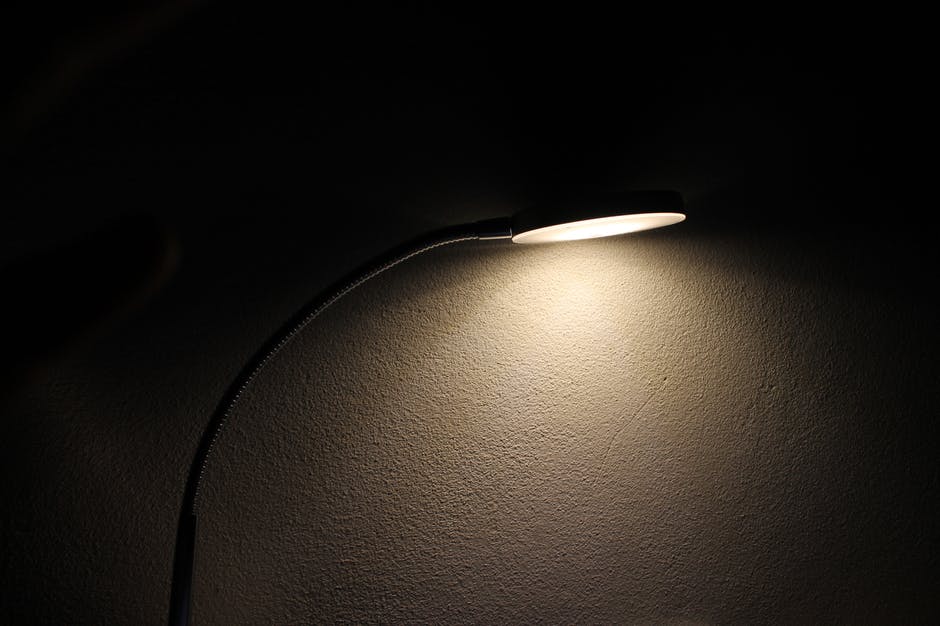Choosing the right lighting design for your home is both an art and science. Our homes will surely blossom when we choose the right combination of lighting, and recessed lighting plays a significant part of that success.
The proper placement and spacing of recessed lighting fixtures, whether it be lights, high hats, and downlights, can accentuate a room’s best features and provide you an excellent lighting for a broad range of practical purposes.
If you are on the job in a recessed lighting project, it is advisable that you do a lot of research on how to properly do it. Although doing it is not a difficult process, it can be a little bit tricky along the way. So, before you grab for a pencil and a measuring tape, it is important to check out these tips on how to get your recessed lighting right.

Know Your Goal
For you to satisfy your aesthetic and practical needs, you have to decide what you want to attain with your recessed lighting. Understand the various questions you need to ask yourself.
Do you need to provide some warm, soft light into your living space? Do you want to highlight a major piece? Or, do you want to give your hobby and work area more light without the usual irritation caused by cluttered fixtures?
Each of these questions needs an answer for you to have the right spacing calculations, appropriate lighting kits, and perhaps a different installation process. Remember that what you need will determine on how you proceed.
Find the Total Wattage
For you to find the right total wattage, here’s a formula: multiply the length of your room by its width for you to get the total are. Then multiply the area by 1.5 because you need 1.5 watts of lighting for every square foot of floor space, and you will get the overall wattage you need to light a room.
For example, if you have a room that measures 18 feet wide and 21 feet long, you have a total area of 378 square feet. Multiply that by 1.5, and you will get 567. So, you will need 567 watts of total light for an efficient lighting of your room.
Tip: if you want to install downlights in your kitchen, choose a combination of narrow-beam downlights for task lighting and wide-angle downlights for ambient lighting. You can check sites like LampTwist for high-quality downlights.
Know the Right Number of Your Recessed Lighting
Once you get the total number of watts, divide it by the wattage of the bulb you like to use. By doing this calculation, you will get the total number of recessed lighting fixtures you will need in a room.
For instance, if your room needs 567 watts of overall light, and you like to use 60-watt bulbs for it, nine or ten bulbs will be a sufficient number to light your space.
Tip: It is a fact that LED lights are popular as an alternative to halogen bulbs. But LED wattage can confuse you a little bit. For example, LED with 5 to 8 watts is equivalent to a halogen wattage of 45 to 60. So, it is important to read the packaging for a comparison.
Space Your Recessed Lighting Evenly
Spacing your recessed lighting fixtures is very important. For proper spacing, leave at least two feet between each fixture. It is the standard spacing to get the right balance of light in a room, but you can tweak it a bit to provide your space ample lighting.
Get a Dimmer
Dimming kits are essential when installing recessed lighting to any room. Not only that dimmers are a flexible way to control how much light you want to use, but it will also help you save energy and make your bulbs last longer.
Tip: Avoid one-switch dimming for all your bulbs so you can dim the lights of a room by zone.
Takeaway
Recessed lighting is an excellent addition to any home improvement planning. Not only will it give your room an aesthetic appeal, but it also proves useful for a lot of practical purposes. But before you install recessed lighting fixtures like downlights, high hats, and can light, it is important to read some tips on how to properly install it.
